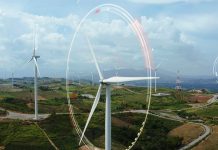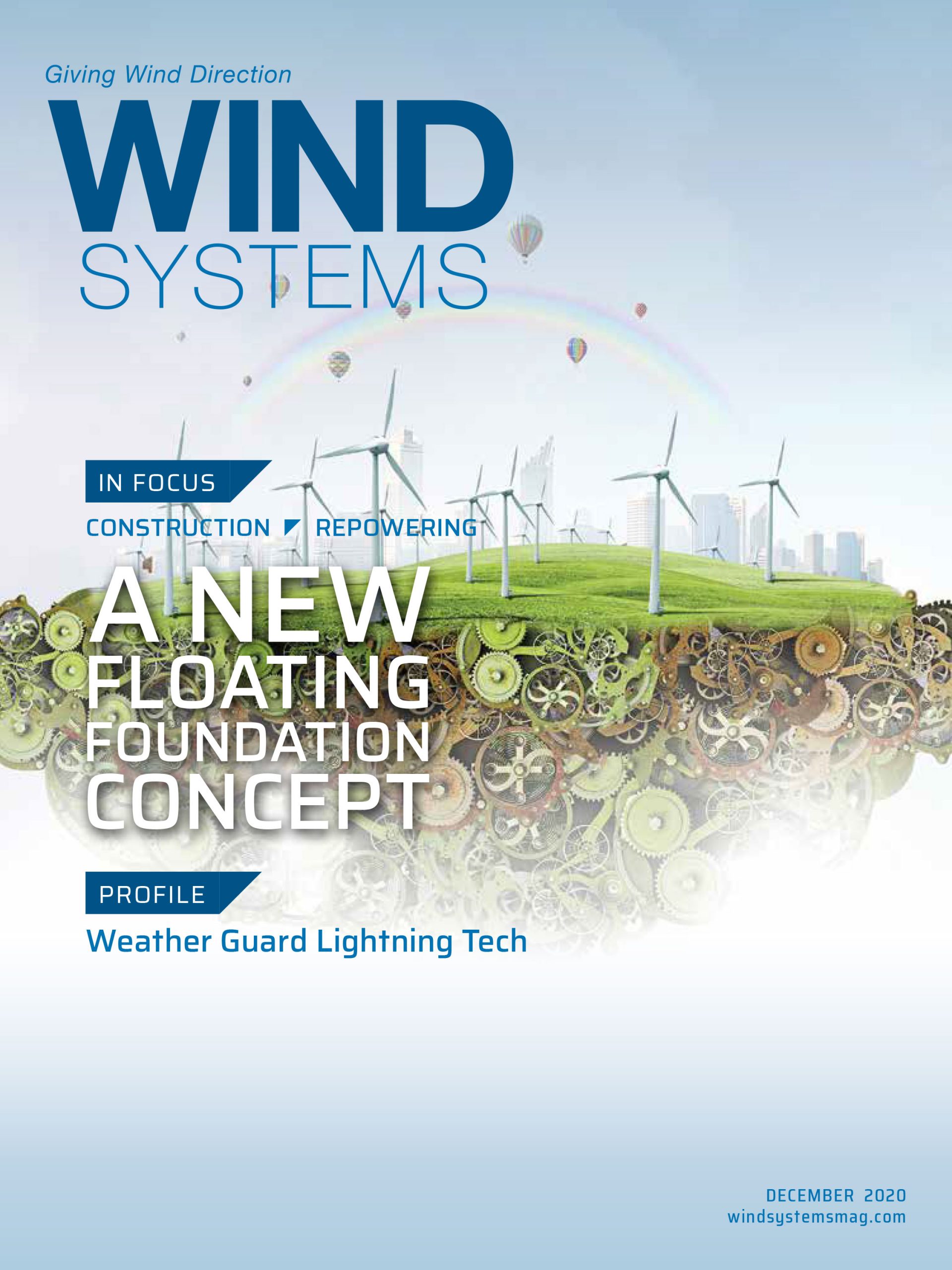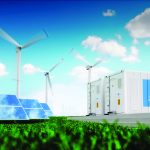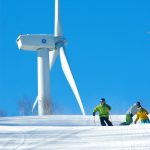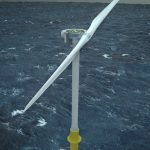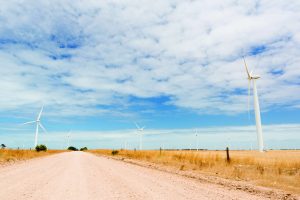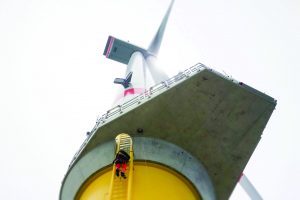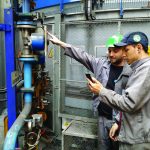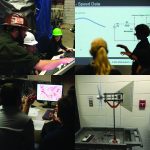With America eager to return to work, wind-industry leaders are faced with new challenges to address return-to-work protocol in a manner never imagined nor seen. Whether an entire or partial work force furloughed or experiencing a physical labor drought, it’s become undeniably apparent that return-to-work protocol should exceed the basic COVID-19 screenings that have become the new normal.
The true physicality of the work carried out by those supporting and supplying the growth of the wind industry in the U.S. will demand that employers provide fit-for-duty support, physical evaluations, remote medical support services, as well as advanced COVID-19 programs expected to stay much longer than anyone could have anticipated. With wind energy spanning regulatory territories and having such a unique employee skillset, paired with the migratory nature of the work, these programs will be unique to the industry and its employees. These programs are evolving through the collaboration of medical service providers operating with a unified vision and new remote service platforms.
Many providers have migrated to telemedicine solutions and electronic visits with their patients, unifying the delivery of wellness and medical support. From physical therapy and fit-for-duty evaluations, primary care physician support and even mental health screenings and services, many resources are now delivered in this new format, which puts an expanded sense of personal responsibility on the employees and contractors. Resources that were once provided by employers and in-person, including return-to-work screenings/fit-for-duty testing and physical therapy evaluations and support, can now be delivered without the comfort of personal delivery.
Critical infrastructure employees
Employers are faced with an immediate challenge not only to develop and maintain COVID-19 programs but identify and unify resources to allow their employees, considered Critical Infrastructure employees, to return to work with appropriate evaluations and medical resources. Although the most relevant topic seems to be COVID-19, the pandemic, and our future in response to it, the entire medical and HSE programs that have served as a wellness platform for wind have expanded, changed, and advanced in response to the impacts of COVID-19, an initiative that was likely due and is just now experiencing an accelerated delivery.
Specifically, fit-for-duty testing now must address the physical impact that a change in lifestyle or absence from work may have had, specifically on those with job duties subject to physical labor, including substantial climbing, lifting, etc. Field employees were sent home without a set of instructions on maintaining their fitness/physical wellness as the world grappled to understand whether the suspension was temporary. As physical therapists respond under new guidelines and provide services through new delivery methods, the employee takes on a certain set of responsibilities to not only be aware of their health as it relates to COVID-19, but their health must be maintained by their own personal priority.
The resources are being delivered with the same level of professionalism, just in a different manner, which is quite new to both providers and employees. Even if an in-person FFD evaluation is administered, it is more likely that follow-up visits and evaluations for minor injuries will be made remotely. Preventative measures are highly emphasized and taught in this new era and will prove to work in parallel with other initiatives made relevant by COVID-19.
Increase in personal health awareness
One corporate executive cited that he has seen a change in his employees and contractors with a noticeable and drastic increase in personal health awareness, responsibility, and care for the colleagues. By implementing screening protocol and with a duty to maintain a health regimen with the support of mostly remote/electronic medical resources, he says there truly has become a mentality of “I am my brother’s keeper.”
Modifications to interactions to maintain the safe working and social distance, paired with many personnel returning to the field (and offices) after an extended time away, has brought to light the impacts these changes and recent pandemic impacts have had on mental health. The impacts are broad and may seem more severe as sensitivities are high and most environments are at least slightly modified. Financial impacts are almost universal and measurable to some degree across industries and all levels of employees. Although the financial impacts are more devastating to those workers who are only able to receive compensation for time worked, rather than time suspended, the impacts have humanized the interactions across socio-economic boundaries.
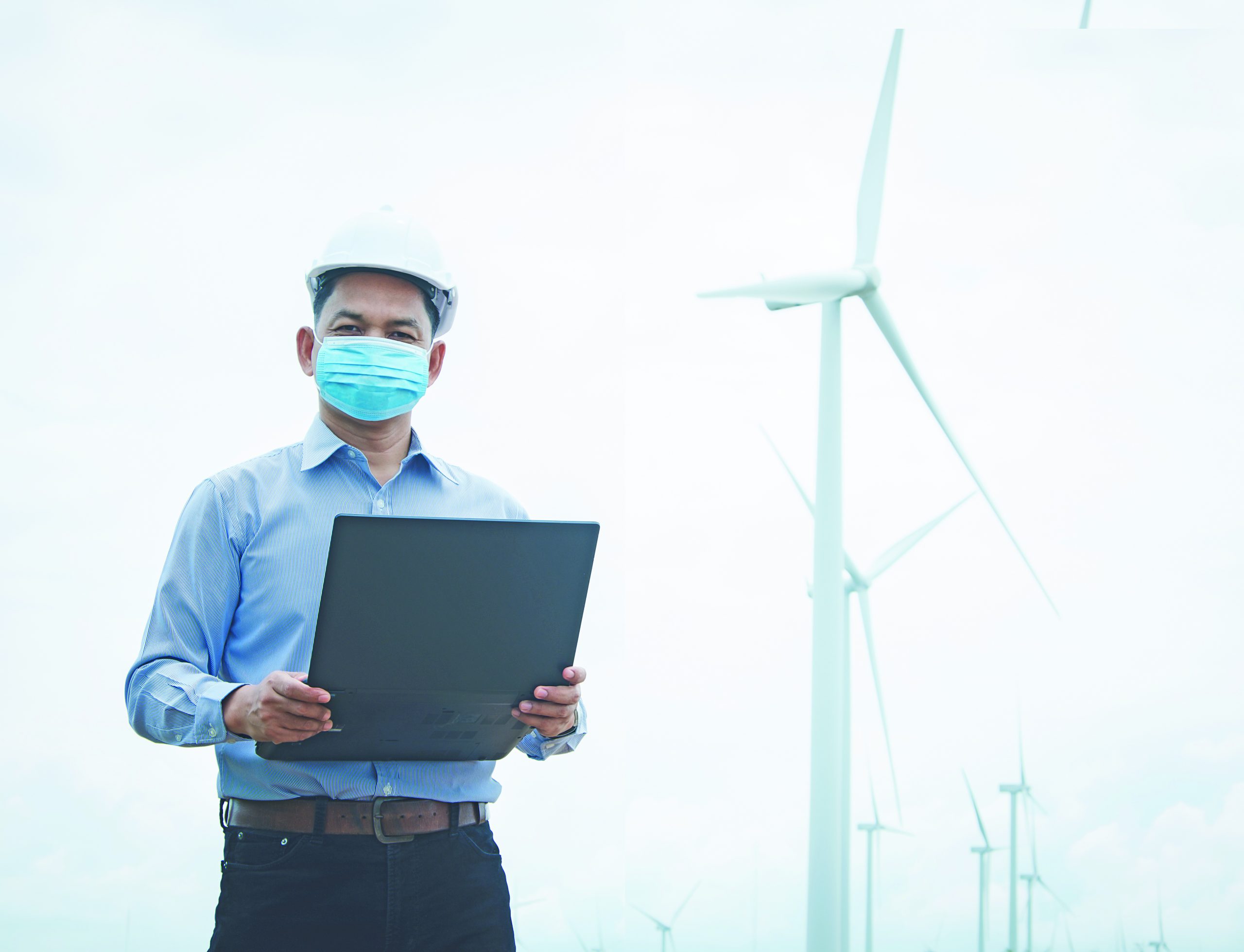
COVID-19 and the renewable sector
COVID-19 and the pandemic have brought a sense of fear specifically to the renewable sector, as the impacts seem recession reminiscent and brought fear and reminders of the seeming halt that 2008 brought to the industry. It is a top priority of the industry, government leaders, employers and employees to avoid such a severe response and to stay the course. Recession-like tendencies were already in motion as the economy was experiencing fluctuations in the energy sector as a whole before the pandemic become a household word. The renewable sector and the industries that serve the growth of renewables seem better prepared to seek a long-term and less drastic solution and have taken it as a top priority to retain their dedicated employees and partnerships as much as possible.
In the absence of face-to-face interactions and a major influence put on new protocol, many companies have elected to renew existing contracts for supply of materials, labor, etc., rather than to seek new partnerships at this time. Employee furloughs were an immediate solution to respond to necessary suspensions, but with the understanding that the pandemic did not intend to make a brief appearance, staffing retention and long-term planning are top priorities to an industry now set to make its presence less volatile. A true shift in a focus of priorities is apparent everywhere.
COVID-19, aside from the impacts previously mentioned, has taken a set of resources otherwise dedicated to providing medical services and occupational medicine to the energy sector and spread them out. These companies are now offering expanded services to include COVID-19 testing/screening, etc. It is well noted that these occupational medicine providers and companies have had to adjust their specialties to include these service offerings; it has drastically changed top priorities and the way resources are allocated. This was a group that was immediately called to action and now that returning to work is a top priority and safety a foremost initiative, a re-direction to return to operational status along with a continuation of providing COVID-19 support services has pressured these groups to continue to grow in size, capacity, and expertise. Recruiting and retaining top talent and service providers has pressured these groups and continues to test their capacities as evolving organizations.
Changing the way everyone works
COVID-19 has not only changed the way service providers are required to modify, expand, and respond, it has changed the way nearly everyone works. It has changed the way families interact, the way employers reach their employees, the way our students are educated. It has literally not left one person, nor any one organization, unchanged. COVID-19 demanded that we return to work in a different way, which has affected industries both directly and indirectly subject to the virus. Where there once was a drycleaner or daycare, there now are no customers to command their service.

Wind energy and renewable energy, still top priorities of public interest and government initiatives, are able to offer growth and opportunity in what seems to be a moment of complete cessation. A top developer says the most major impact on delivery of completed projects is delays caused by halted manufacturing and overseas delivery of major turbine components. Although modifications can be made at construction sites to limit interactions and lessen the number of employees or shifts, those modifications made in a manufacturing setting are detrimental to the output and the purchaser. As turbine components return to ships, trucks, and trains, there is a construction staff eagerly awaiting their long-delayed arrivals. A top priority to support the entire supply chain, too, is an initiative shared across companies and territories.
Through all of the negativity, studies, specifically in Asia and Europe, are beginning to focus on the environmental, social, and secondary health impacts COVID-19 has had. There has been a reduction in overall particulate matter (PM 2.5 or “visual haz”’) as workers have migrated their work stations to home offices and dining room tables. This reduction, although small, brings valuable attention to the initiatives of wind-industry leaders and proponents. Other studies indicate the benefit of this change in lifestyle has contributed to a reduction in non-COVID related mortality rates, irrespective of locations and classes.
Although the wind industry has a largely known set of guiding principles and initiatives, including providing clean and sustainable power, a new and underlying set of initiatives — including continuity and health — is humbling the landscape most visible to its employees and partners. There has been no change in the vision for wind energy and its future, rather a renewed focus on safety, health, and longevity.
Jess Alexander is business development & sales manager with Remote Medical International. She has substantial experience in the energy sector, specifically in utility-scale renewable energy development and construction. She focuses on providing services to developers, owners, and operators and contractors supporting the growth of wind, solar, and other renewable resources.


















